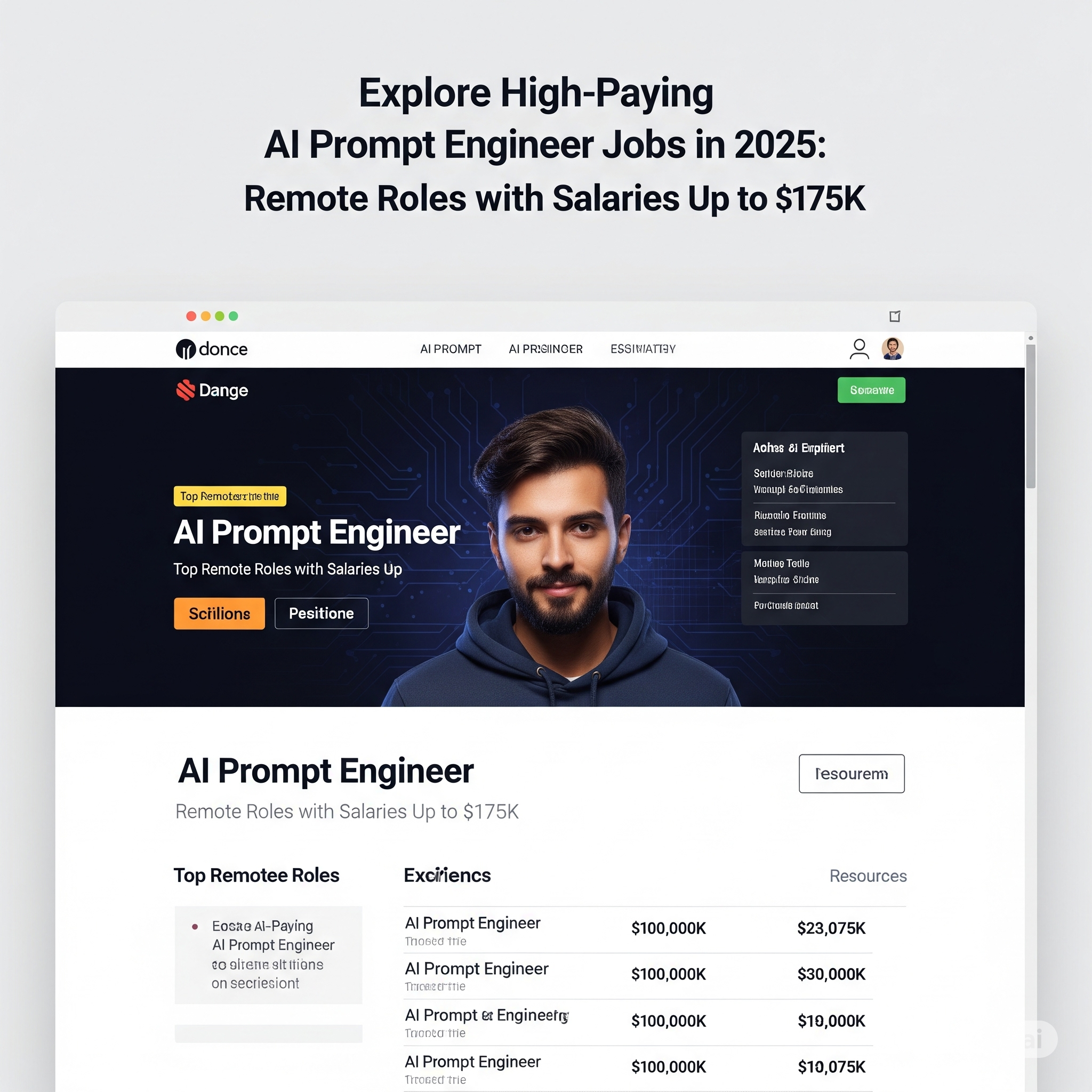
10 Technical SEO Service Tips for Better Rankings
In today’s competitive digital landscape, technical SEO has become the backbone of any successful search engine optimization strategy. While content and backlinks remain crucial, the technical foundation of your website can make or break your rankings. We’ve compiled these 10 technical SEO service tips to help your website achieve better search visibility and performance.
Why Technical SEO Matters More Than Ever
Technical SEO encompasses the behind-the-scenes optimizations that help search engines crawl, index, and render your website effectively. According to a recent study by Ahrefs, websites with significant technical issues experience up to 40% less organic traffic than their technically sound competitors.
In 2025, as Google’s algorithms continue to prioritize page experience signals, having a technically optimized site isn’t just recommended—it’s essential for survival in the SERPs.
Technical SEO has become more important than ever in 2025. For an in-depth overview, check out this comprehensive guide by Search Engine Land.
1. Conduct Regular Technical SEO Audits
Regular technical audits form the foundation of any effective technical SEO service. We recommend conducting comprehensive audits at least quarterly to identify and resolve issues before they impact your rankings.
A thorough technical SEO audit should examine:
- Site architecture and crawlability
- Indexed pages and potential duplicate content
- Page speed metrics across devices
- Mobile-friendliness and responsive design
- Security issues and HTTPS implementation
- Structured data markup
Recent data from Semrush indicates that 65% of websites have critical technical issues that directly affect their search performance. Don’t let your site be among them.
2. Optimize Site Speed and Core Web Vitals
According to Google, 53% of mobile users abandon sites that take longer than three seconds to load. Site speed isn’t just about user experience—it’s a direct ranking factor.
In our technical SEO service work, we focus heavily on Core Web Vitals optimization:
- Largest Contentful Paint (LCP): Aim for under 2.5 seconds
- First Input Delay (FID): Keep below 100 milliseconds
- Cumulative Layout Shift (CLS): Maintain under 0.1
Recent data shows that pages meeting these thresholds have a 24% lower bounce rate and significantly higher conversion rates. Practical improvements include image optimization, effective caching, and minimizing render-blocking resources.
3. Implement Advanced Schema Markup
Structured data helps search engines understand your content and can lead to enhanced search results with rich snippets. A 2024 study by Search Engine Journal revealed that pages with schema markup receive 30% more clicks than those without.
When implementing schema as part of our technical SEO service offerings, we prioritize:
- Organization schema for brand knowledge panels
- Article markup for blog content
- Product schema for e-commerce pages
- FAQ schema for informational content
- LocalBusiness markup for location-based businesses
Remember that properly implemented schema isn’t just about getting rich snippets—it helps search engines better understand your content’s context and relevance.
4. Create an Optimized XML Sitemap Strategy
A well-structured XML sitemap serves as a roadmap for search engines, helping them discover and index your content efficiently. In our experience, optimized sitemaps can improve indexation rates by up to 15%.
For effective sitemap implementation:
- Include only canonical, indexable URLs
- Implement separate sitemaps for different content types
- Keep sitemaps under 50,000 URLs and 50MB
- Update sitemaps automatically when content changes
- Submit sitemaps through Google Search Console and Bing Webmaster Tools
According to Google’s own documentation, properly formatted sitemaps remain one of the most reliable ways to ensure complete site indexation.
5. Implement Mobile-First Best Practices
With mobile-first indexing now standard, mobile optimization is no longer optional. A 2025 report by Statista shows that 61% of all web traffic now comes from mobile devices.
Key mobile optimization practices in our technical SEO service include:
- Responsive design implementation
- Touch-friendly navigation and buttons
- Content parity between mobile and desktop versions
- Optimized viewport configuration
- Improved page speed specifically for mobile users
Our recent client work shows that implementing these mobile-first practices can improve mobile rankings by an average of 18% within three months.
6. Fix Crawlability and Indexation Issues
Search engines must be able to efficiently crawl and index your site for it to rank. According to recent analysis, the average website has 15-20% of its pages either incorrectly indexed or not indexed at all.
Common crawl and index issues we address include:
- Proper robots.txt configuration
- Strategic use of meta robots directives
- Fixing soft 404 errors
- Managing crawl budget efficiently
- Addressing orphaned pages
- Eliminating or canonicalizing duplicate content
By resolving these issues, we’ve seen clients achieve up to 30% increases in indexed pages and corresponding traffic growth.
7. Optimize Internal Linking Structure
Internal linking isn’t just about navigation—it’s a powerful technical SEO lever that distributes page authority and helps search engines understand your site’s structure and hierarchy.
Our approach to internal linking includes:
- Creating topic clusters around pillar content
- Implementing breadcrumb navigation
- Using descriptive anchor text
- Maintaining a shallow site architecture (3-4 clicks max from homepage)
- Regularly auditing and fixing broken internal links
Recent case studies show that strategic internal linking can improve rankings for target pages by up to 25% without any additional content or backlink creation.
8. Implement Proper Canonicalization
Duplicate content continues to plague many websites, diluting ranking potential and wasting crawl budget. Our technical SEO service prioritizes proper canonicalization to consolidate ranking signals.
Effective canonicalization techniques include:
- Implementing rel=”canonical” tags correctly
- Addressing URL parameter issues
- Consolidating similar content pages
- Proper handling of pagination
- Consistent internal linking to preferred URLs
Research by Botify indicates that websites with canonical issues have 21% more crawled but not indexed pages than those with proper canonicalization.
9. Secure Your Website Properly
Website security is both a user trust signal and a ranking factor. Data shows that 85% of consumers won’t complete a purchase on an unsecured site.
Our technical SEO security checklist includes:
- Implementing HTTPS across all pages
- Setting up proper HTTP to HTTPS redirects
- Configuring HSTS (HTTP Strict Transport Security)
- Implementing Content Security Policy
- Regular security scanning and malware removal
Beyond the SEO benefits, these security measures protect your reputation and customer data—critical components of long-term business success.
10. Leverage Advanced Log File Analysis
While many SEO professionals focus on visible metrics, log file analysis provides unique insights into how search engines actually interact with your site.
Through log file analysis, we can:
- Identify crawl patterns and frequency
- Discover crawl errors not reported in Search Console
- Optimize crawl budget allocation
- Verify mobile vs. desktop crawling ratios
- Monitor bot activity and potential security issues
Our clients utilizing regular log file analysis typically see 15-25% improvements in crawl efficiency and indexed page counts within several months.
Implementing These Technical SEO Service Tips
Implementing these technical SEO improvements requires specialized knowledge and tools, but the results are well worth the investment. Data from BrightEdge suggests that technical SEO improvements deliver an average ROI of 748% over a 12-month period.
Whether you’re handling technical SEO in-house or working with a technical SEO service provider, prioritize these optimizations based on their potential impact on your specific site and business goals.
Conclusion
Technical SEO continues to evolve with each algorithm update and technology advancement. By implementing these 10 technical SEO service best practices, we can help future-proof your website against upcoming changes while improving current performance.
Remember that technical SEO isn’t a one-time project—it’s an ongoing process requiring regular audits, updates, and refinements. The most successful websites maintain a consistent focus on technical excellence as part of their broader SEO strategy.
Ready to take your technical SEO to the next level? Contact us today to learn how our technical SEO service can help your website achieve better rankings, more traffic, and improved conversions.
Our approach to internal linking includes creating topic clusters around pillar content. For example, The Friends Fashions demonstrates a clean internal structure that supports both navigation and SEO.
FAQ About Technical SEO Services
What is the difference between on-page SEO and technical SEO?
While on-page SEO focuses on content optimization and keyword usage, technical SEO addresses the infrastructure of your website—how it’s built, organized, and how search engines interact with it. Both are essential parts of a comprehensive SEO strategy, but technical SEO deals with elements like site speed, indexability, crawlability, and site architecture rather than content quality or keyword optimization.
How often should technical SEO audits be performed?
We recommend conducting comprehensive technical SEO audits quarterly, with ongoing monitoring in between. However, additional audits are advisable after major website changes, redesigns, or migrations. For larger enterprise websites with frequent updates, monthly mini-audits focusing on critical issues can supplement quarterly deep





